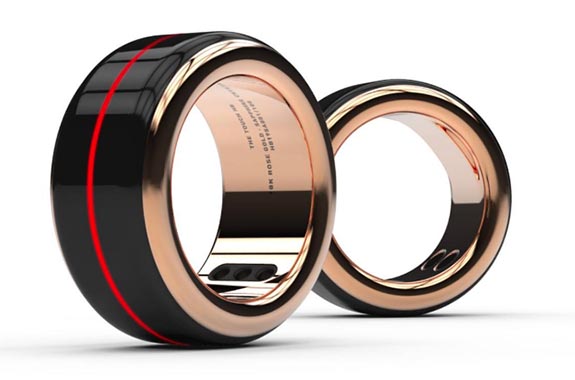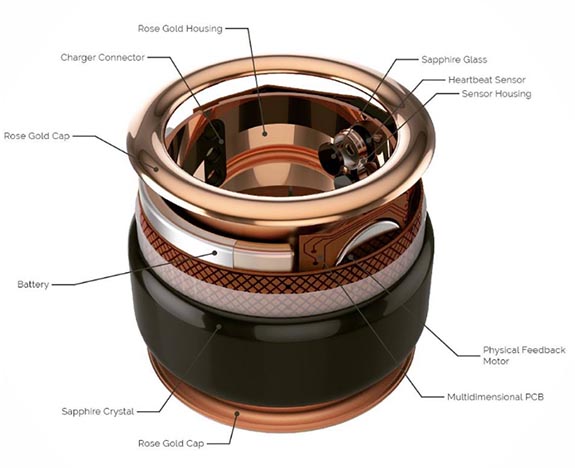Rock legend Bruce Springsteen created a memory that will last a lifetime when he stopped his encore performance of "Jersey Girl" to invite a young couple onstage for an unforgettable marriage proposal.
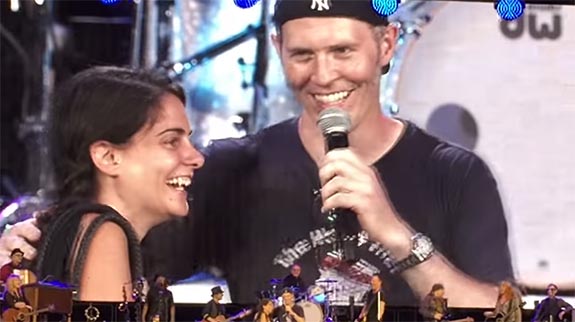
Michael McCloskey had waited all evening for Springsteen to perform that special song because he knew it would be the perfect time to propose to his Jersey Girl, Jillian Rabadan. Nearly four hours into the concert, it was finally McCloskey's moment to go down on one knee and present Rabadan with a diamond ring.
The surprised girlfriend said "Yes" and the concertgoers in their section screamed their approval.
Springsteen and the East Street Band were halfway through a beautiful rendition of the Tom Waits' classic song when The Boss noticed the commotion in the pit near the front of the stage.
"What's going on down there?" Springsteen asked.
Band member Stevie Van Zandt pointed to his ring finger, signaling to Springsteen that the couple had just gotten engaged.
"You need to come up here and do it," Springsteen said.
As the couple found their way over the barricade and onto the stage, Springsteen announced, "Love is in the room tonight."
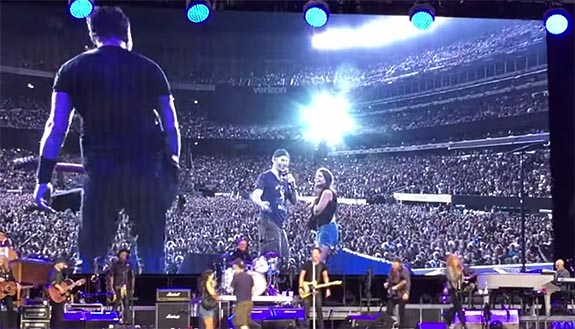
Springsteen handed the microphone to McCloskey, who told the crowd of 55,000 that he and Jill had been dating for eight years. "We've been to a ton of shows together and this is by far the highlight of them all," he said.
McCloskey then turned to his girlfriend and said, “Jill, you’re my best friend. I love you more than anyone else in the world. I love you more than music itself. Hell, I love you more than Bruce. Sorry, Bruce! I’m so happy you said yes, and I can’t wait to spend the rest of my life with you.”
The couple embraced and the sold-out stadium went crazy.

Springsteen then encouraged McCloskey to dance with his new fiancée while Springsteen and the band segued into the final verse "Jersey Girl."
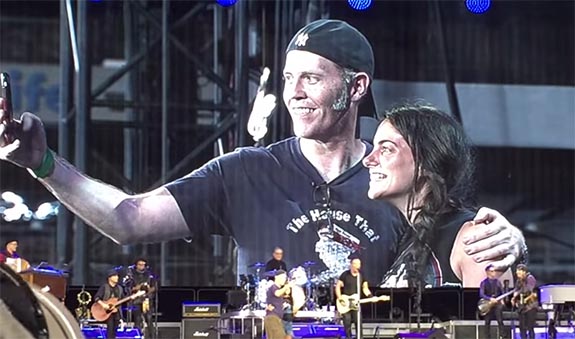
Springsteen sang, "'Cause down the shore everything's all right / You and your baby on a Saturday night / Nothing matters in this whole wide world / When you're in love with a Jersey girl."
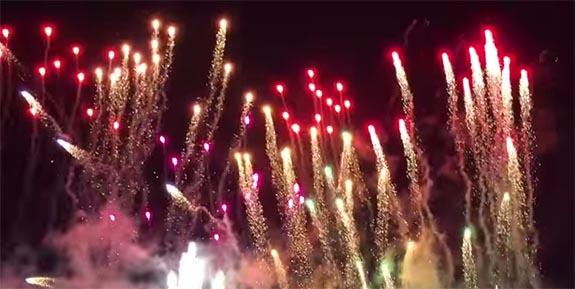
The song and concert came to a rousing conclusion with an impressive display of fireworks in the night sky.
“Bruce was amazing,” Rabadan told a local CBS affiliate. “He was so nice, and I can’t believe he did that for us."Said McCloskey, “He could have just given us a shout-out or a wave, but he invited us up on stage. He gave us a serenade and a slow dance and a memory that’ll last a lifetime.”
See the videos of how the scene played out at MetLife Stadium in New Jersey...
Credits: Screen captures via YouTube.com/Compumom226; YouTube.com/pointblank482000.
